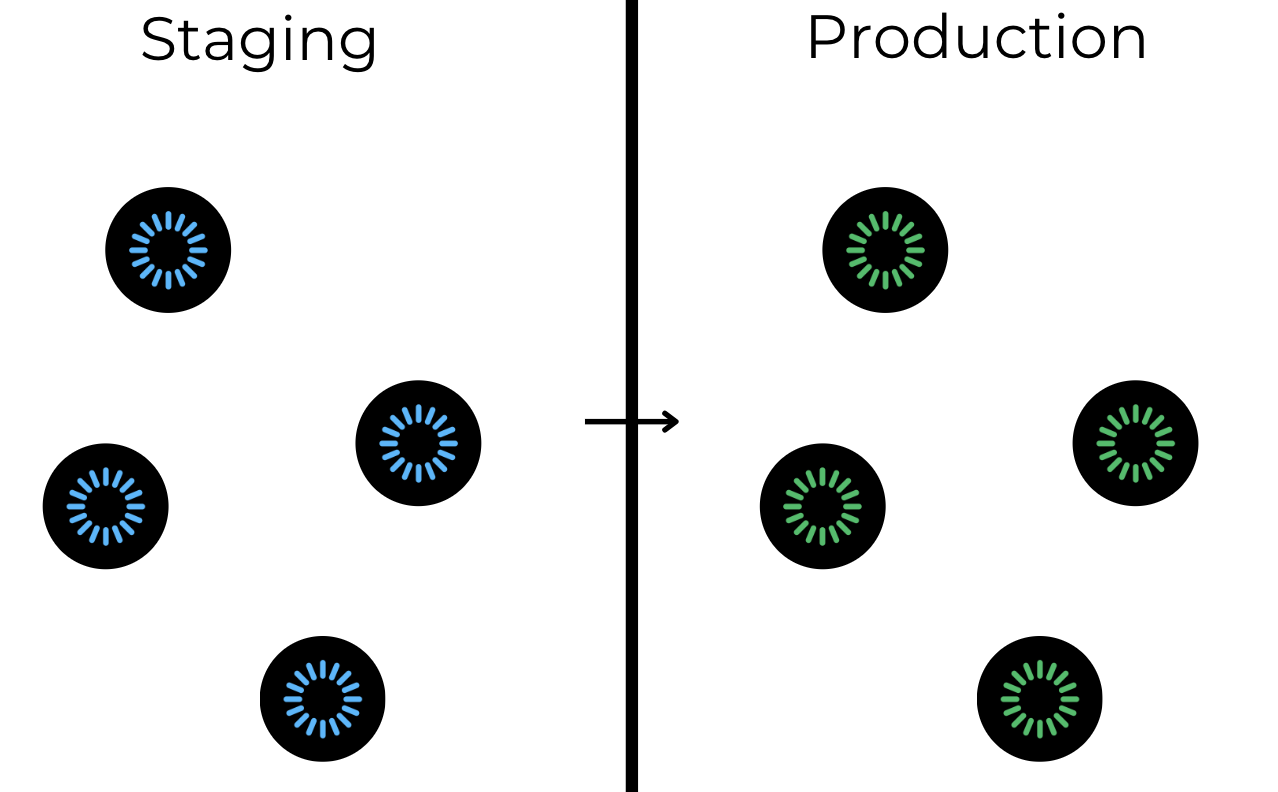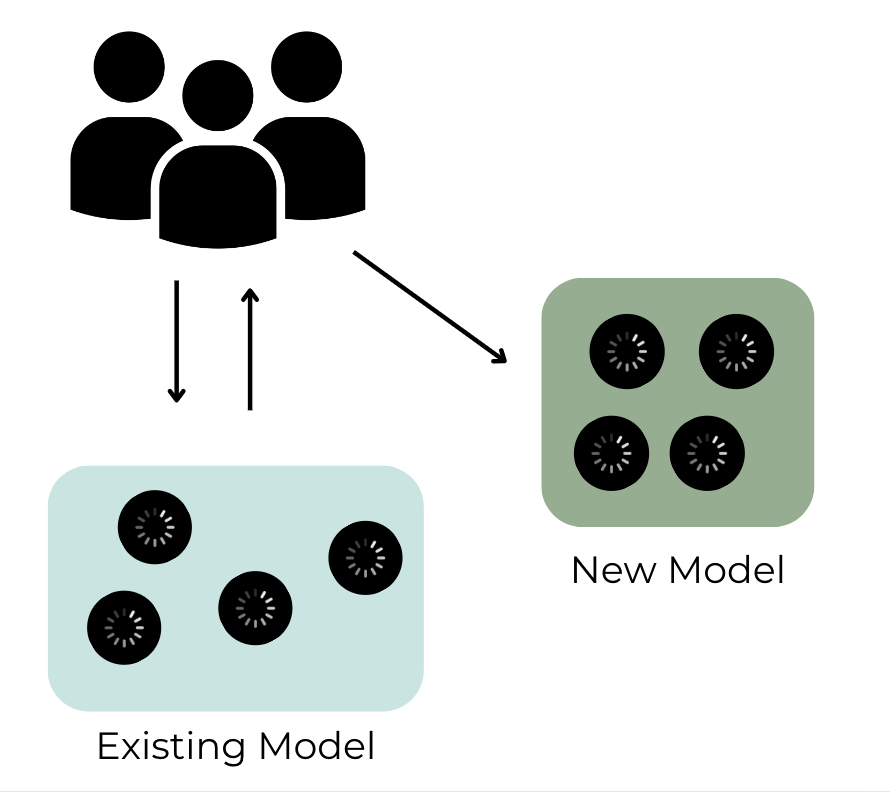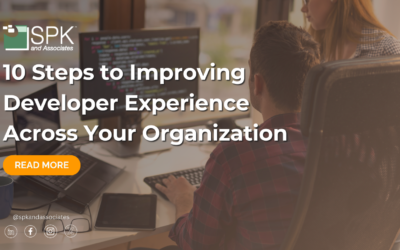Deploying software can feel like a gamble due to all the strategies and solutions on the market, but it doesn’t have to be. Discovering which software deployment strategy works best for your organization is a great place to start. This strategy, combined with a modern software deployment solution can set your team up for success. Explore which practices can help your team mitigate risks and achieve effective software deployment in the following blog.
Modern Software Deployment Strategies
At SPK and Associates, our team of experts has experience on the operational and technological side of software deployment. We understand the best practices and solutions to achieve software deployment success. Deployment strategies are practices used to change or upgrade a running instance of an application. Let’s dive into the following strategies so you understand your options.
Basic Deployment: all nodes update simultaneously
The Basic Deployment
A basic deployment is a simple, fast, and cheap deployment that has no outage-proofing. Essentially, all nodes within a target environment update simultaneously with a new service or artifact version. This approach not only complicates rollback processes but is the riskiest of all the deployment strategies. It is mainly suitable for non-critical applications due to the increased risk of failures.
The Multi-Service Deployment
The multi-service deployment is another simple, fast, and cost-effective deployment but typically has less risk than a basic deployment. This strategy simultaneously updates all nodes within a target environment with multiple new services. It is useful when application services need to verify dependencies or when deploying during low-traffic hours.
Multi-Service Deployment: all nodes update simultaneously with multiple services
Rolling Deployment: updates are batched incrementally
Rolling Deployment
A rolling deployment updates running instances of an application incrementally. This deployment batches updates to nodes in a target environment. It is a relatively straightforward deployment with a relatively easy rollback process but requires services to support both new and old versions. Its incremental updates can also slow down deployment verification.
Blue-Green Deployment
Blue-green deployment utilizes two identical environments to shift user traffic from one environment to the other. The “blue” environment is staging where users test everything. Users can then move all traffic to “green” or production. This deployment is simple and fast with reduced risk but is often costly due to the maintenance of two production environments. There is also some potential for lost transactions during traffic shifts, although it is not super common.
Blue-Green Deployment: users test deployment in a staging environment, and then move it to production
Canary Deployment: a subset of users tests the new deployment, then gradually distribute the new deployment among the rest of the team
Canary Deployment
A canary deployment can be complex, potentially requiring extensive monitoring. This deployment type incrementally releases an application to a subset of users, gradually increasing exposure to the new version. It is a great way to test in production environments with real users and can be cost-effective compared to blue-green deployments.
A/B Testing
A/B testing runs different versions of a service simultaneously to experiment with various features and user experiences. It is typically cost-effective but its experimental nature can lead to application failures. Scripting A/B testing can also be complex, however many tools are available to facilitate A/B testing.
A/B Testing: two versions of a service are implemented simultaneously
Recreate Deployment: users shut down the existing deployment and replace it with a new one
Recreate Deployment
Recreate deployment is when users shut down the existing application, and then deploy a new version. It is simple and effective, but there is typically high downtime as users cannot access the application during the deployment.
Shadow Deployment
Shadow deployment routes production traffic to a new version running in the background. This doesn’t affect users but allows for testing load and performance. It is typically expensive due to the need for parallel infrastructure.
Shadow Deployment: existing traffic is routed to a new model running in the background to test it
Which Deployment Strategy Works Best for Your Business?
Choosing the right deployment strategy depends on your application type and target environment. The most common software deployment strategies are rolling deployments, blue-green deployments, and canary deployments. This is due to the balance they offer between minimizing downtime, managing risks, and quickly delivering new features. However, there are pros and cons to every deployment type which is where a consulting company like SPK can help. Our experts can help your business decide which strategies and tools are right for you. Oftentimes GitLab is our software solution of choice due to it being best-in-class with CI/CD capabilities, but we have worked with many different tools and are open to new opportunities.
Get Started with Software Deployment Today
Choosing a software deployment option becomes simple with help from a consulting company like SPK. Additionally, implementing advanced deployment strategies becomes simpler with modern CI/CD tools like GitLab to help you streamline the process. If you want to incorporate effective deployment strategies to minimize risks and enhance the overall development process, contact us. Start your journey to reliable and efficient software delivery today.















